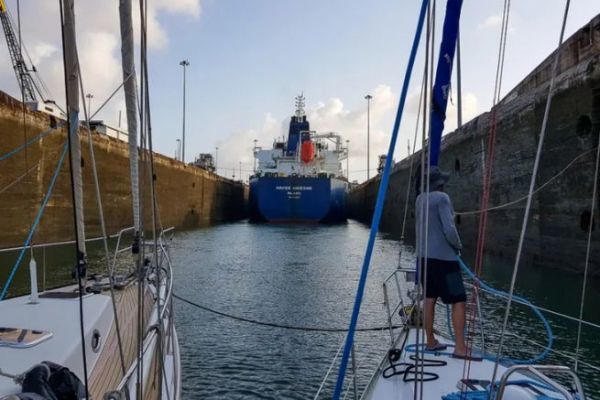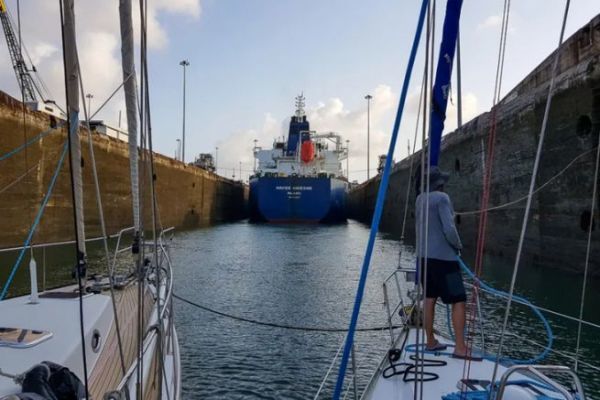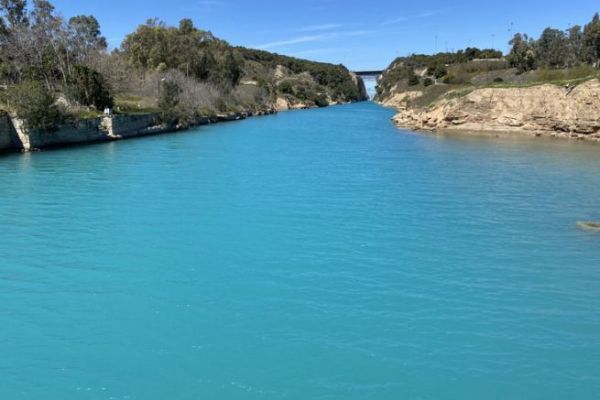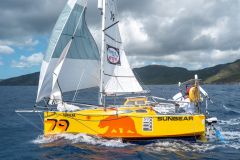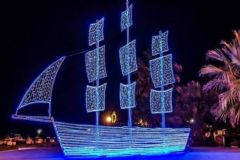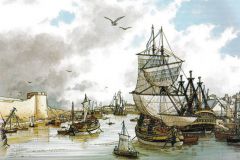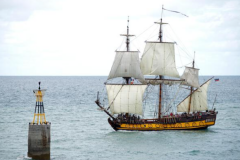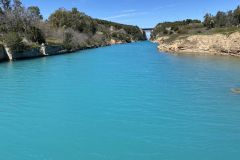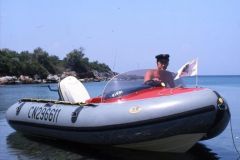Impressive technical features
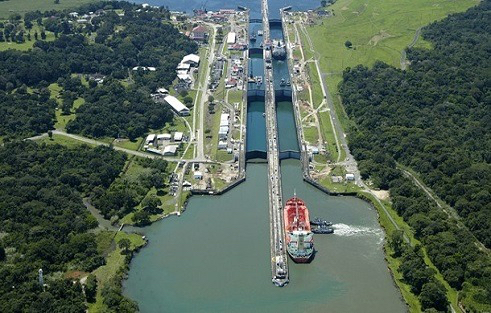
The Panama Canal is approximately 77 kilometers (48 miles) long. It uses a system of three locks at each end to raise ships 26 meters above sea level to Lake Gatun, then lower them on the other side. The canal is at least 15 meters deep, allowing the passage of large vessels.
With the expansion completed in 2016, the canal can now accommodate "NeoPanamax" vessels, which are much wider and longer than those of the Panamax class. These new ships can measure up to 366 meters in length, 49 meters in beam, and have a draught of 15.20 meters!
A constant flow of shipping
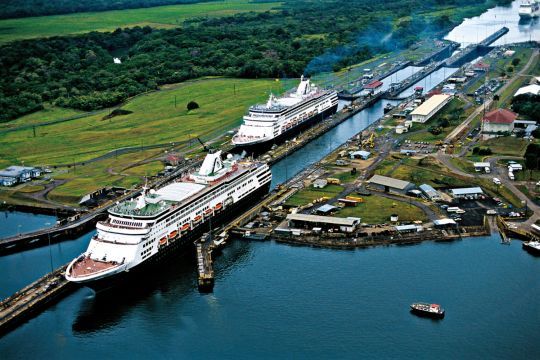
Every year, some 14,000 ships pass through the canal, demonstrating its crucial importance to world trade. This waterway reduces the sea journey by several thousand kilometers, avoiding the long detour around Cape Horn at the southern tip of South America.
The Panama Canal is mainly used for commercial traffic, but is also used by a significant number of pleasure craft every year. On average, around 1,000 pleasure craft cross the Panama Canal annually. These crossings include yachts, sailboats and other private craft, mainly seeking to cross from the Atlantic to the Pacific or vice versa, often as part of circumnavigations.
These passages are coordinated with particular precision to accommodate locks and heavy commercial traffic, often requiring reservations and planning well in advance. Owners of these boats must comply with strict standards and pay passage fees, which vary according to the size and type of boat.
A project of titans
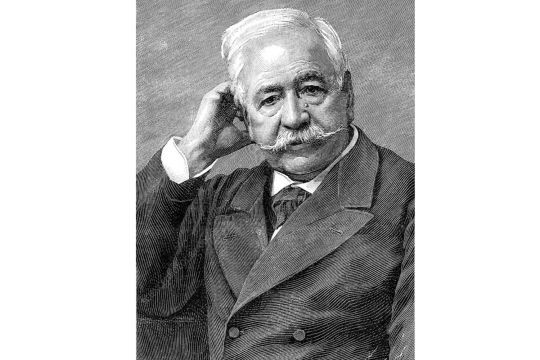
The dream of a Panama Canal dates back to the 16th century, with Charles V already planning to dig a passage to facilitate the travel of treasure-laden Spanish ships. But it wasn't until the late 19th century that the project took shape under the aegis of Frenchman Ferdinand de Lesseps, known for his work on the Suez Canal. However, the French project was a disastrous failure, mainly due to funding problems and the underestimation of health challenges, notably malaria and yellow fever.
The American era and the technical revolution
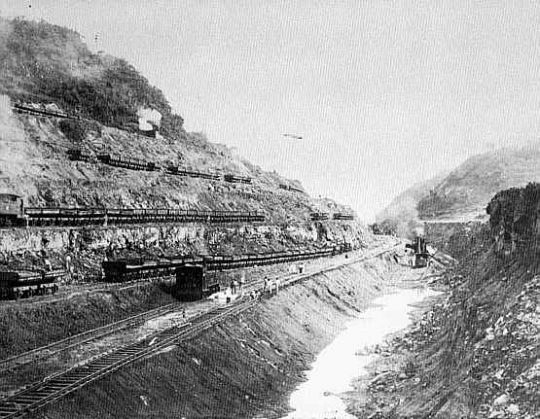
After the French failure, the United States took up the torch in 1904 under the presidency of Theodore Roosevelt. The American approach was radically different, with massive investment in construction techniques and public health. One of the unsung heroes of this epic is physician William Gorgas, whose efforts to control disease-carrying mosquitoes saved countless lives and made the construction site safer.
Construction anecdotes
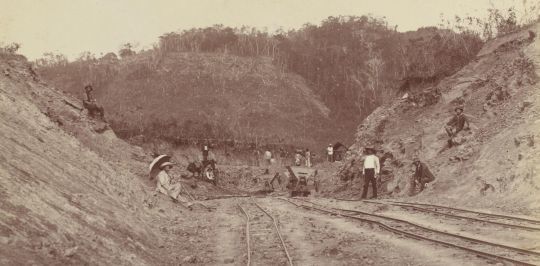
One of the greatest challenges was the drilling of the Culebra Cut, a 13-kilometer trench through the mountains. The work was so perilous that frequent landslides regularly engulfed the machines and sometimes even the workers. A famous anecdote recounts how a locomotive driver named John Stevens innovated the use of movable rails to prevent his machines from being buried.
Human and cultural impact
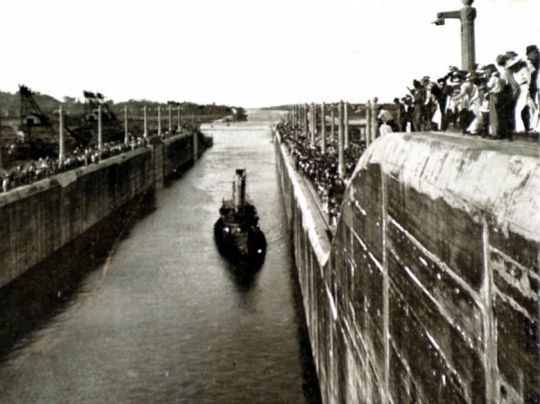
The canal was built with the sweat and blood of over 75,000 workers from all corners of the globe. Harsh living conditions, illness and accidents cost the lives of some 6,000 of them. However, this titanic work was also a melting pot of cultures, where communities of very diverse origins shared their daily lives and traditions, forming a unique cultural melting pot.
Heritage and modernity
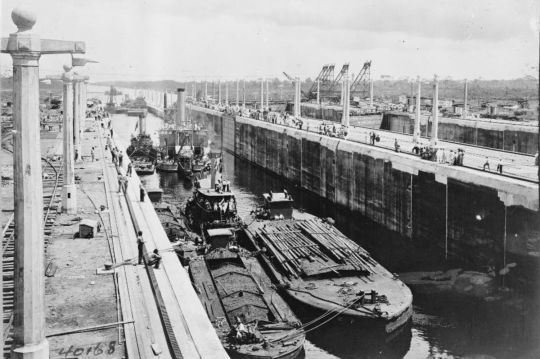
Today, the Panama Canal is managed and maintained by the Panama Canal Authority, a Panamanian government entity. This transition to full Panamanian management took place on December 31, 1999, marking a turning point in the history of the canal. It had previously been controlled by US interests. The expansion completed in 2016 ensures the canal's continued place in the global maritime economy and its race for gigantism.
